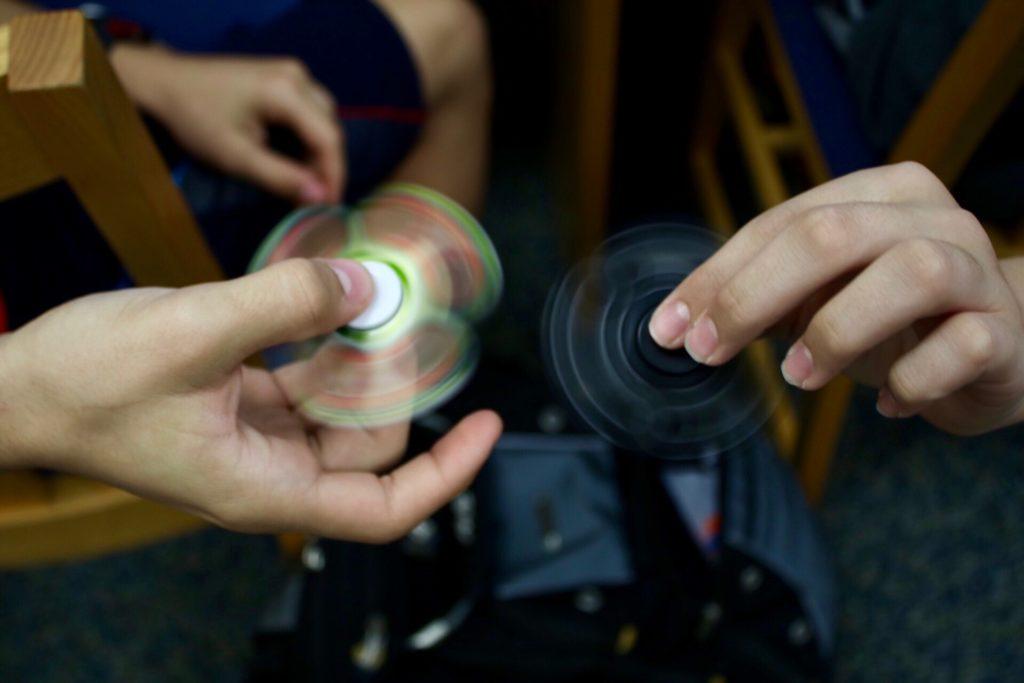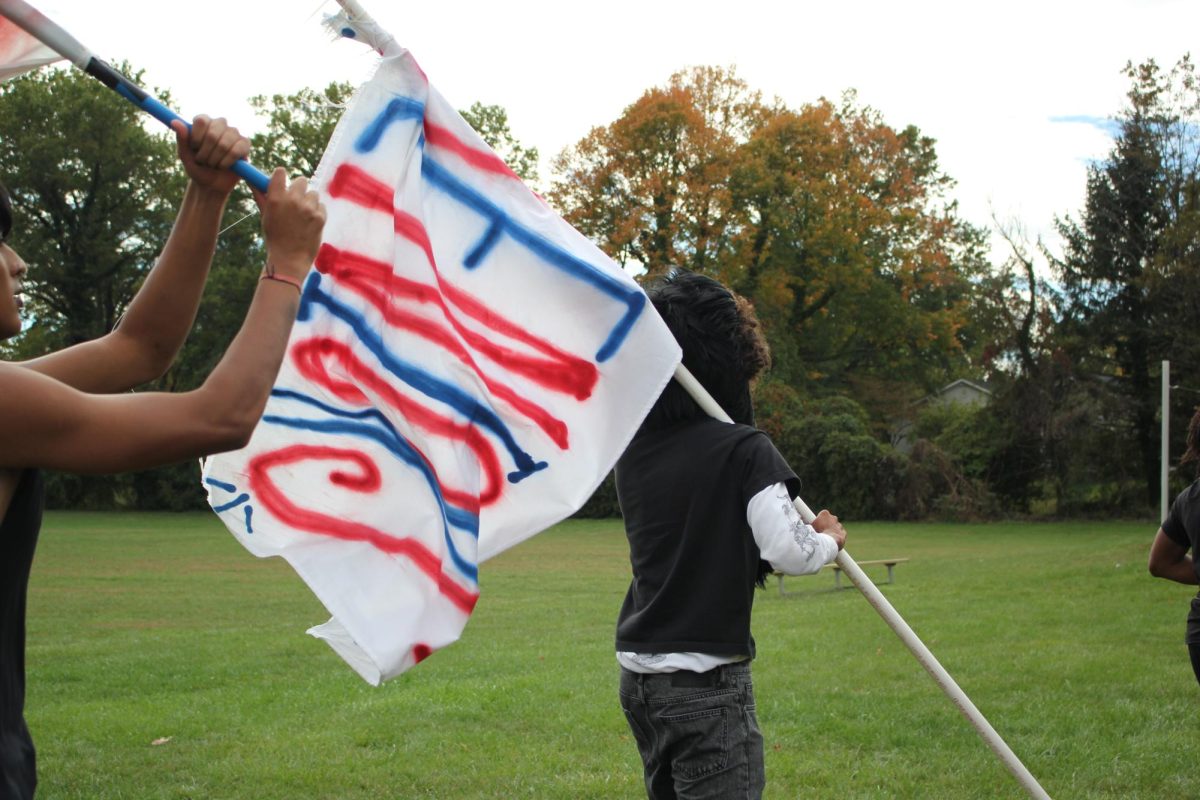Walk into any class in the Upper School, and you’re bound to see at least one student spinning a three pronged object centered by a protruding circle.
Fidget Spinners are currently the hottest thing on the toy market. At the time of this article, all different variations of spinners filled the top #20 spots on Amazon’s Toy Best Seller page.
“I really like spinning it and I’m a very fidgety person in general, so spinning it allows me to focus more,” said junior Yashnoor Kaur.
Many ads and packaging note that the spinners improve focus and help manage things like ADHD. Scott Kollins, a clinical physiologist and professor at Duke University told NPR, “There’s no evidence to support [the] claim [that they improve focus.” He noted that there was no clinical research.
The misunderstanding is from different, past clinical research. There have been studies that fidgeting can help improve focus in children with ADHD. The movement makes the regions of the brain that aren’t equal with the other regions slow down or speed up accordingly to match the rest of the brain’s speed. This allows the brain to focus on the task at hand. However, the fidgeting with a spinner doesn’t work in every case. Experts told TIME Magazine that playing with the spinner does not produce the same results as actual fidgeting.
So, where did the idea for the Spinner come from? Catherine Hettinger, a tourist visiting her sister in Israel in the 1980s, saw young boys throwing rocks at police officers. After brainstorming, she found a way to curb their energy, and thought that toying with little spinners would give them something to occupy themselves.
“It started as a way of promoting peace and then I went on to find something that was very calming,” Hettinger told MONEY.com. After being rejected by Hasbro over 20 years ago, Hettinger got a patent on her product. It has since expired. Since the toys come in different designs from a variety of companies, including Hasbro, she does not make any money off the devices.
“I don’t like how the teachers are against the idea of the spinners because it really helps people, and a few people misusing it shouldn’t prevent other people [getting a chance to use it],” added Kaur.
Upper School Science Teacher John Winter gave his insight on the purpose of spinners and their recent popularity.
“I think they are a fad; they’re something to play with. I don’t think that they probably help most people to stay focused and … I don’t expect that they’ll be around for very long, because there’s sort of a limited number of tricks and things you can do with them.”
In keeping with his view that spinners are a toy, Mr. Winter has been known to confiscate spinners from students during class. History teacher Eliza McFeely told WordsWorth that she gets easily distracted and when students in her class use the spinners, she can’t pay attention.
The policy regarding Fidget Spinners vary among the three divisions at MFS. Upper School Dean of Students Mike Brunswick told WordsWorth that there was no rules against the Spinners, and he has heard that students are using them “responsibly.”
Middle School Director Kimberly Clarkson told MS faculty in a bulletin to “set boundaries that they see appropriate in their classroom.” This could include the free use or the banning of the spinners. She encourages teachers to seek out alternatives like the cubes or sliders, which many be less of a distraction. Lower School Director Kelly Banik stated a similar policy, adding that once “fidget Spinners become a distraction rather than a helpful tool, a teacher will set parameters on their use.”
“Although I know they’re just a phase, they bring my momentary joy,” said sophomore Cameron Stirner as he spun a metallic spinner sitting during a study hall. When asked if it helped him focus, he said it was “just a toy to play with.” Many, like Cameron, agree that the devices are a phase and will go away relatively soon.
For now, the spinners will keep turning.












